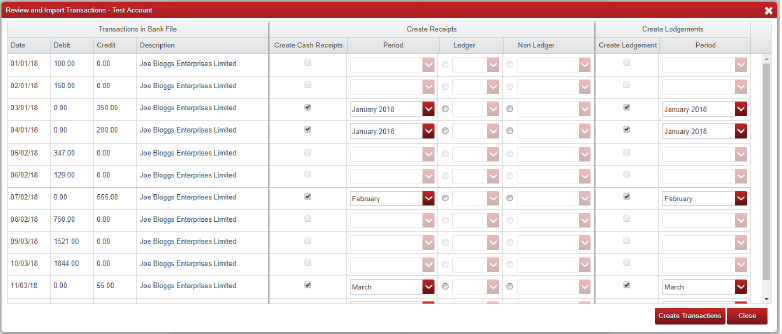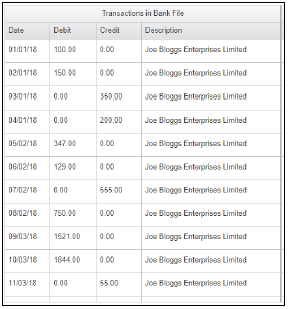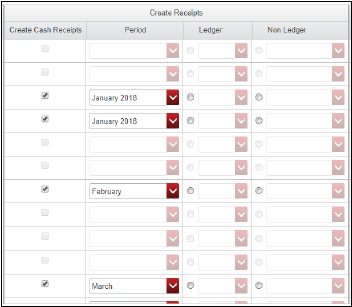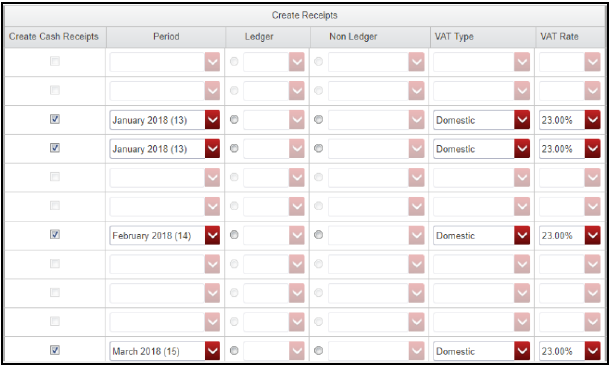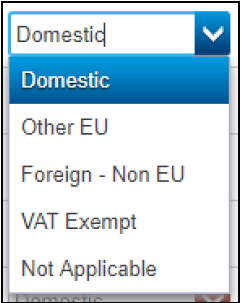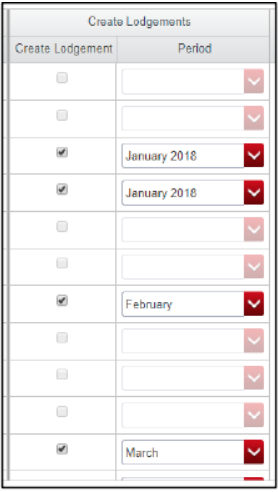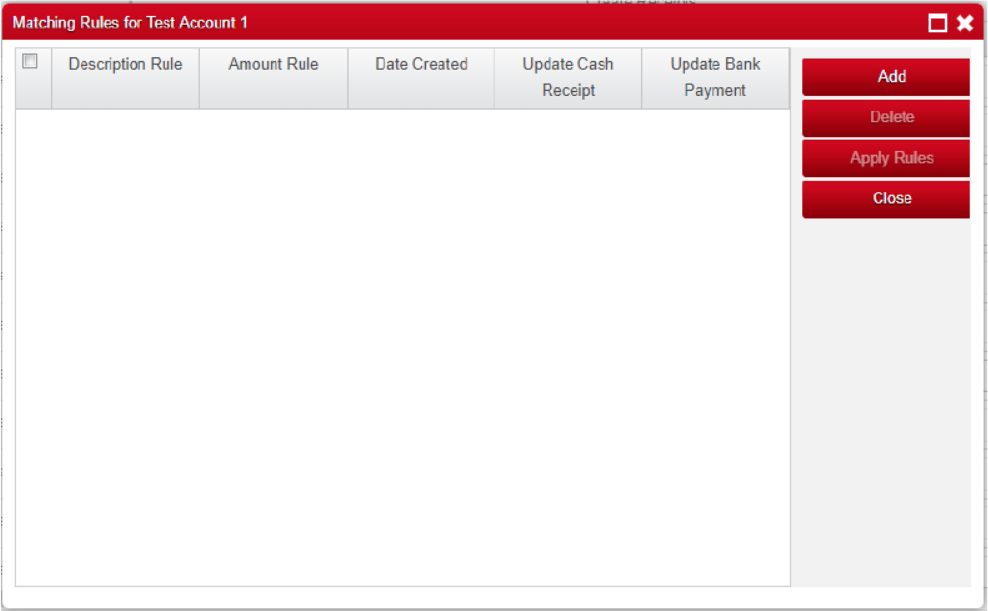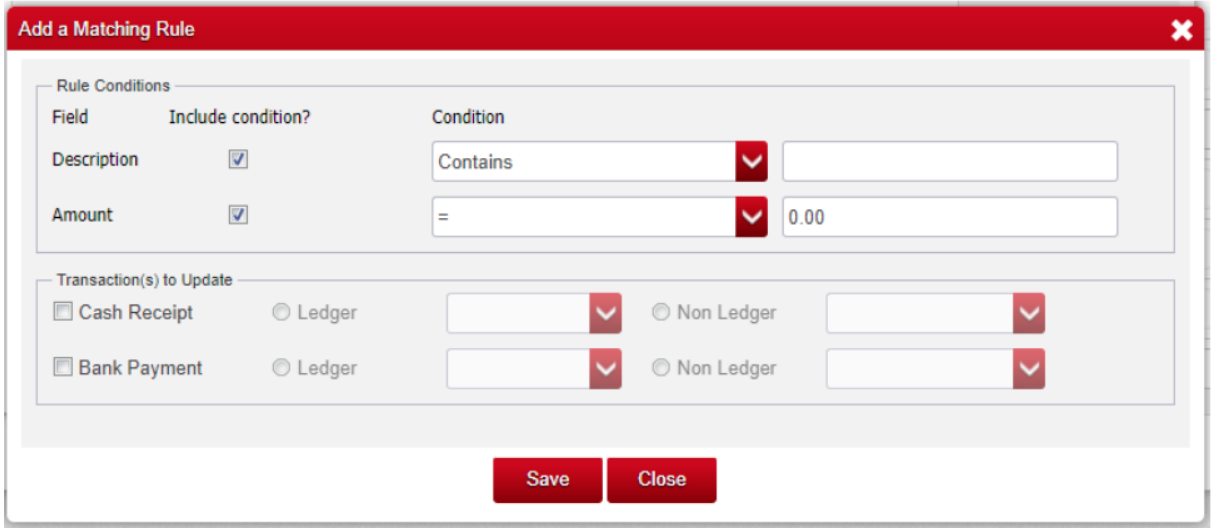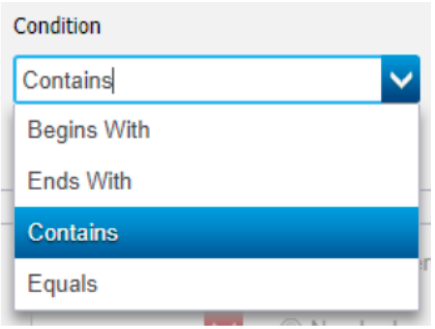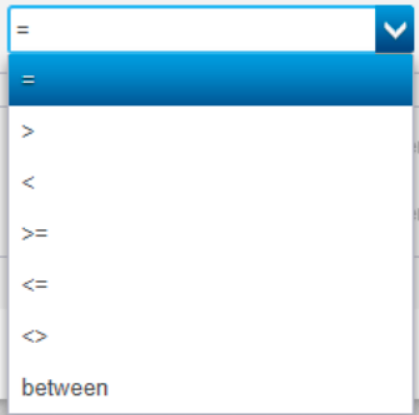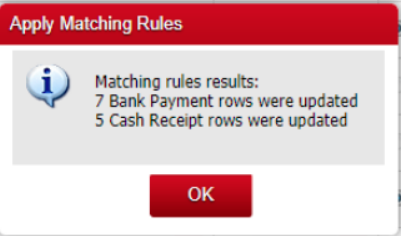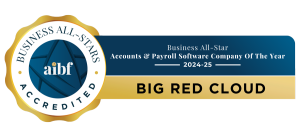This guide has been written to instruct users in importing Bank transactions and create lodgements and bank payments.
Locating the Bank Feed Button #
Open Banking is a new system that will greatly improve the ability and reliability to import banking statements from your bank into the Big Red Cloud accounts. Big Red Cloud users should no longer need to download CSV files which can be awkward to use when using Open Banking. To bring this exciting new development to the Big Red Cloud we have teamed up with Plaid who have vast experiences in financial services software development
1. Step one go to Lookup and Bank Accounts.
And click on Bank Feed
2. When the Manage Bank Feed window opens in the Open Banking Import section click on the Manage Connections
3. On the Manage Connections window click on Add
4. The next window is a T&C for Plaid to retrieve your data to offer these services you will need to click Continue.
5. The next step you select your bank. To do so you simply look for your bank in the list and click on it or you can type the name of your bank in the search bar at the top of the window.
6. From this point the steps are based on Revolut Banking method of authorization other banks methods will differ. When you select your bank it will give you an Authentication window read on screen instructions and click Continue
7. Once you click Continue on the previous step it will open a new smaller window.
On this window you will need to enter your Phone number to authorize Plaid then click Continue
8. On the Next window you will need to enter your Revolut App Pin
9. You will receive a 6 digit code to your phone that will need to be entered into the next window, and click Continue.
10. The authorization window will display, and you will need to click on Authorize. It will then take a moment to return a Granted
11. The next window will be a confirmation window and to confirm which bank account if you have more than one.
Click Continue
12. That is the end of the authorization process final step is to map the bank.
In the drop down select the Big Red Cloud Bank Account you wish to be mapped to the bank to and click on Save.
13. To import transaction from your Bank you will now need to go to Lookup and Bank Accounts and highlight the bank setup for Open Banking then click on Bank Feed
14. Then click on the button Import from Open Banking
15. On the next window it will prompt you to input the period you wish to import banking transaction for.
Select the dates and click on OK
If you now click ‘Ok’ you will be brought to the Review and Import Transactions Screen where you will see a list of the transactions within your file and the options available for them.
Any Credit transactions with a date inside your current financial year will be automatically ticked to create both a Cash Receipt and a Lodgement.
The screen above is split into 4 sections (the first 3 of which are visible above).
On the left hand section you have the transaction details;
• Date
• Debit and Credit amounts
• The Description.
In the second column you have the Cash Receipts details;
• A check box to pick whether or not the Cash Receipt is created
• A drop down list to choose the period it is added to if it is created
• A radio button to say if it is a Cash Receipt from a customer (Ledger) or not (Non-Ledger)
• In each of those cases a drop down list to choose the Customer Account or the Analysis Category the entry will be added to.
On the right are the lodgements, here you have;
• A check box to pick whether or not the lodgement is created
• A dropdown list to choose the period it will be added to.
Currently only the Cash Receipts and Lodgements (the Credit transactions) can be imported so the Debit options (Bank Payments) cannot be ticked at this time.
If you use Vat on Cash Receipts you will have two extra columns, Vat Type and VAT Rate.
These columns will allow you to set the VAT Type for your entry (Shown Below) as well as the VAT Rate that will apply for it.
The Vat Rates available will be your usual VAT rates as set in ‘Setup’ -> ‘Vat Rates’.
to the right are the lodgements, here you have;
• A check box to pick whether or not the lodgement is created
• A dropdown list to choose the period it will be added to.
On the far right is the Bank Payment details;
• A check box to pick whether or not the Bank Payment is created
• A dropdown list to choose the period it is added to if it is created
• A radio button to say if it is a Payment to a Supplier (Ledger) or not (Non-Ledger)
• In each of those cases a dropdown list to choose the Supplier Account or the Analysis Category the entry will be added to.
Once you click the Create Transactions option Big Red Cloud will process the ticked transactions and create a lodgement (as a Cash Payment) or a receipt (as a Cash Receipt) for each of them within the Cash Book.
Once done it will return a message telling you how many transactions have been created and the total value of all created transactions.
If the transaction validation fails when ‘Create Transactions’ is clicked you will need to correct those errors before the import can succeed.
Creating Bank Feed Rules
It is possible to create rules which can be applied to your bank files in order to make the import easier.
The rule manager is opened by selecting ‘Manage Rules’ at the bottom left of the screen once you have loaded a Bank Feeds file and opens the following screen
Once the screen has been opened select ‘Add’ to create a new rule and the ‘Add a Matching Rule’ option will appear.
Rules can be based on the Description line and/or the Amount of the entry in the Bank Feeds file and can have conditions set on them to assist in matching the contents of your file.
Rules Conditions:
Conditions are set on the added rules.
These conditions are used to decide what rules are applied to what transactions in the Bank Feed File.
Rules are applied from top to bottom and only the first matching rule is applied.
IE. The first rule entered to the list will be the first rule applied to an entry from the Bank Feed file. If that rule does not match the entry the second rule that was added will be applied to see if it matches.
This will continue until a matching rule has been applied to the entry at which point it will move on to the next entry from your file and no further rules will be matched against that entry.
You can match a rule to an entry in your Bank Feeds file using the Description line from the file, the Amount of the entry (which checks against both Debit and Credit) or both.
For each of Description and Amount you select your condition (explained below) and then enter the details that you wish to use to match your entry to the field on the right.
For Description you have;
– Contains: The text you enter on the right appears somewhere in the description
– Begins With: The text you enter on the right appears at the start of the description
– Ends With: The text on the right will appear at the end of the description
– Equals: The text you enter will be exactly the same as the text in the description
For Amount you have;
– =: The Amount of the entry from the file will be equal to the number entered on the right
– >: The Amount of the entry from the file will be less than the number entered on the right
– <: The Amount of the entry from the file will be greater than the number entered on the right
– >=: The Amount of the entry from the file will be less than or equal to the number entered on the right
– <=: The Amount of the entry from the file will be greater than or equal to the number entered on the right
– <>: The Amount of the entry from the file will not be equal to the number entered on the right
– Between: The Amount of the entry from the file will be between the 2 values entered on the right
Transaction(s) to Update
Once a rule has been matched to an entry the ‘Transaction(s) to Update’ section is checked and the choices made in it are applied to the entry.
Your rules can be applied to a Cash Receipt, Bank Payment or both in the case of general rules that may match each side.
You have the option to make the entry a Ledger entry and select a Customer or Supplier account for it to apply to or a Non-Ledger entry and select an Analysis Category for it to apply to.
This is done by clicking the radio button and then choosing the account or category from the field beside it.
Applying The Rules
Once you have created some rules for you Bank files they can be applied from the Manage Rules screen.
Once it opens you will see all of your existing rules (which will be ticked) and will have the option to Add any new rules, Delete any rules that you will no longer be using or to Apply the rules to your Bank Feeds file.
Please note that any unticked rules will be bypassed so it is possible to skip rules that you do not wish to apply at this time by unchecking them.
This does mean that later rules that also match that transaction will be applied to it instead if they are still ticked however.
After choosing the ‘Apply Rules’ button any selected (ticked) rules will be processed against your Bank Feeds file and applied.
Big Red Cloud will then return a message to you telling you how many entries were matched by the chosen rules for each of the Bank Payments and Cash Receipts.
Once you click ‘OK’ you will be returned to the Transaction Review screen and can check to see if there are any entries that were not matched by your rules. You can then attempt to apply more rules if required (or if you had any unticked previously) or categorise those entries manually.
Once done, or if there were no transactions left uncategorised by your rules, you can click ‘Create Transactions’ to add the transactions to Big Red Cloud as normal.















